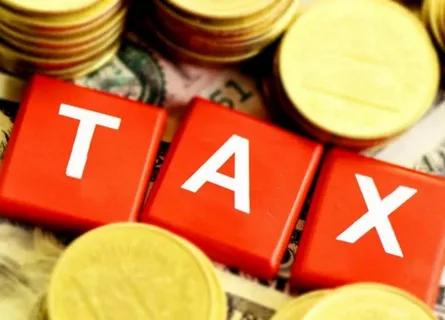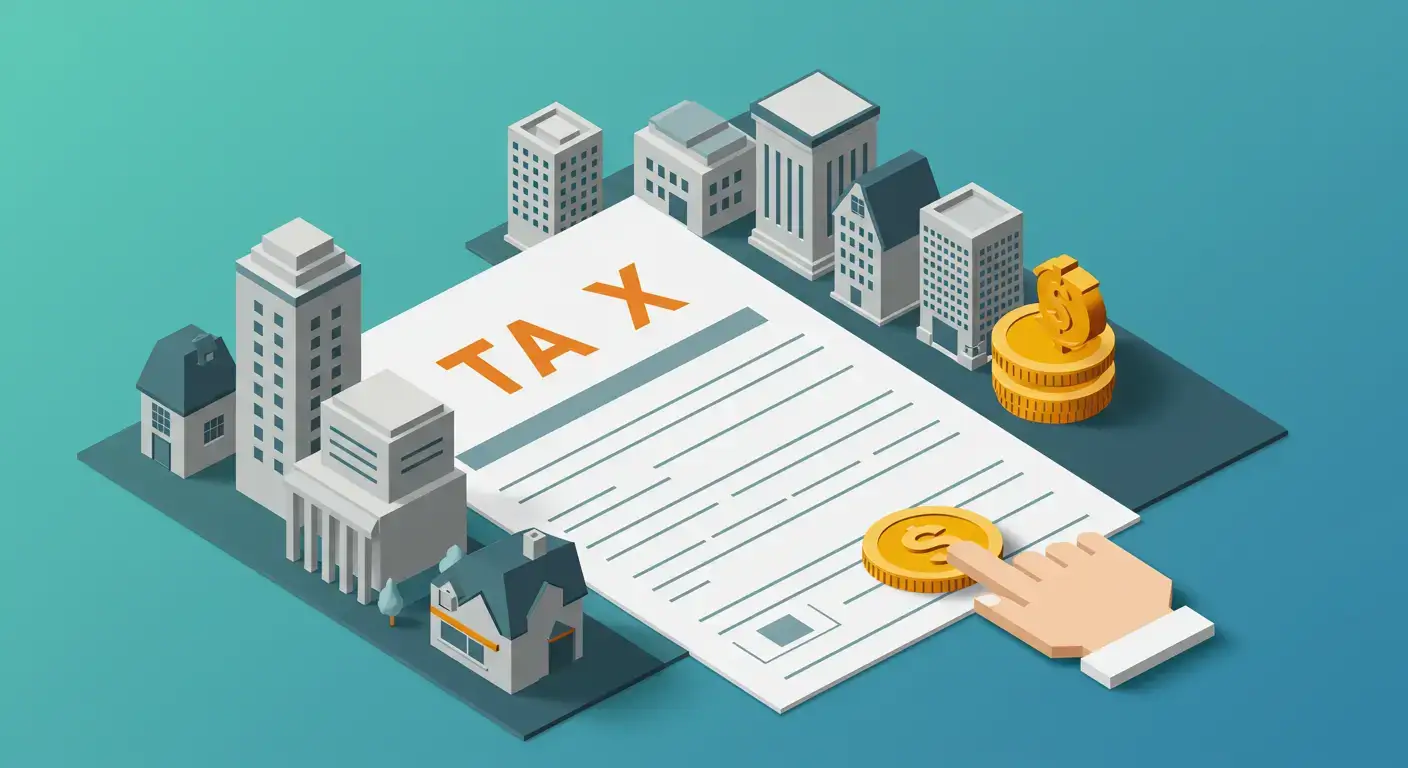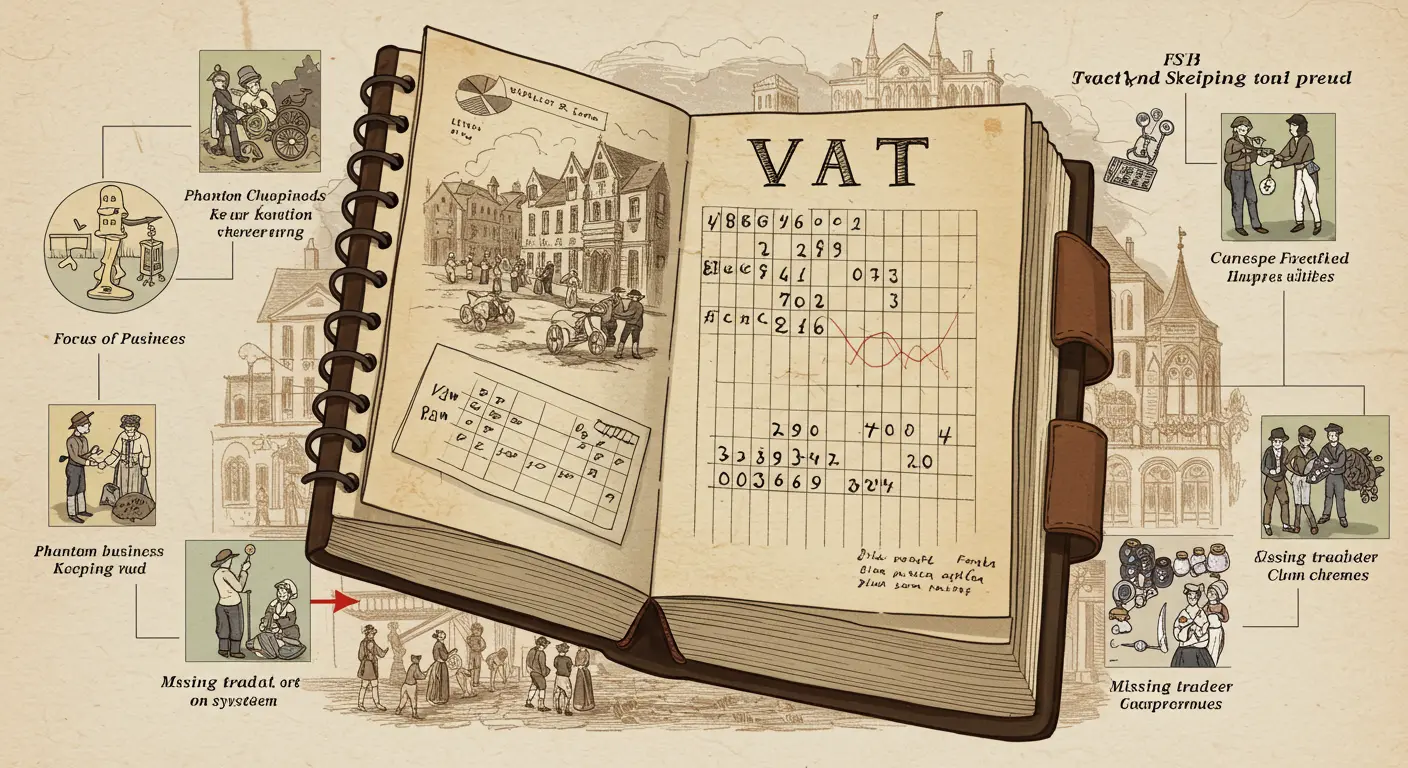HMRC New VAT Registration Estimator Tool: Simplifying the VAT Registration Process for Small Businesses
VAT registration can be challenging for small business owners. HMRC has launched a new tool to streamline this process the VAT Registration Estimator. This tool is designed to help businesses determine their VAT obligations quickly and accurately. Here’s a detailed guide on the tool, how to use it, and why it benefits small businesses.
What is the VAT Registration Estimator Tool?
The VAT Registration Estimator is an online tool provided by HMRC to assist businesses in estimating whether they need to register for VAT. It calculates potential VAT liabilities based on the business’s income and costs, helping owners make informed decisions about VAT registration. This tool is particularly beneficial for small businesses that may be on the threshold of mandatory VAT registration.
How to Use the VAT Registration Estimator
Using the VAT Registration Estimator is straightforward. Here’s a step-by-step guide:
- Visit GOV.UK: Start by visiting the official GOV.UK website. The VAT Registration Estimator can be found under the VAT section.
- Provide Information on Your Business Income: Input your business’s income details for a specified period. You’ll need to include all income that is subject to VAT.
- Check Your Answers: Review the information you’ve entered to ensure accuracy. Any mistakes could lead to incorrect estimations.
- Provide Information on Your Business Costs: Enter your business costs for the same period. This includes any expenses that are subject to VAT.
- Declaration: Confirm that the information provided is accurate to the best of your knowledge. This step is crucial for ensuring reliable results.
- View Your Results: After submitting your details, the estimator will calculate your potential VAT liabilities and provide a result indicating whether you should register for VAT.
Key Questions the Estimator Will Ask
- Does your business have an establishment in the UK or Isle of Man? This question determines your eligibility for using the UK VAT system.
- How many months have you based your business income and cost figures on? Specify the period for which you’re providing financial data, typically between 1 and 12 months.
- Do you sell taxable supplies of goods or services in the UK? Indicate whether your business activities involve selling goods or services that are subject to VAT.
- What is your approximate business income for this X-month period? Provide an estimate of your total business income for the chosen period.
- Is any of this business income out of scope for VAT? Identify any income that is not subject to VAT regulations.
- Is any of this business income exempt from VAT? Indicate if any of your business income is exempt from VAT.
- What rates of VAT does this business income have? Specify the VAT rates applicable to your income, as different rates may apply to different products or services.
Benefits of Using the VAT Registration Estimator
The VAT Registration Estimator offers several advantages:
- Clarity and Confidence: Business owners can gain a clear understanding of their VAT obligations, reducing uncertainty.
- Time-Saving: The tool simplifies the complex calculations involved in determining VAT liabilities.
- Accurate Decision-Making: By providing accurate estimates, the tool helps businesses make informed decisions about VAT registration.
Key Concepts
For those searching for related information, consider the following key topics:
- What is a VAT Registered Company? A company registered for VAT can charge VAT on its sales and reclaim VAT on its purchases.
- Benefits of Going VAT Registered: Includes reclaiming VAT on purchases and increased business credibility.
- VAT Change of Address: Businesses must inform HMRC of any changes to their business address.
- Advantages of VAT Registration: Apart from reclaiming VAT, being VAT registered can also enhance business reputation and competitiveness.
- HMRC VAT Portal: An online platform where businesses can manage their VAT registration and submissions.
- VAT Registered Companies List: A publicly accessible list of companies registered for VAT.
- Disadvantages of Being VAT Registered: Includes the administrative burden and potential cash flow challenges.
- Limited Company VAT: Specific considerations for VAT registration for limited companies.
Using the VAT Registration Estimator tool can significantly ease the VAT registration process, ensuring small businesses stay compliant with HMRC regulations while making well-informed financial decisions.
For more detailed information and to access the VAT Registration Estimator tool, visit the GOV.UK website.
















